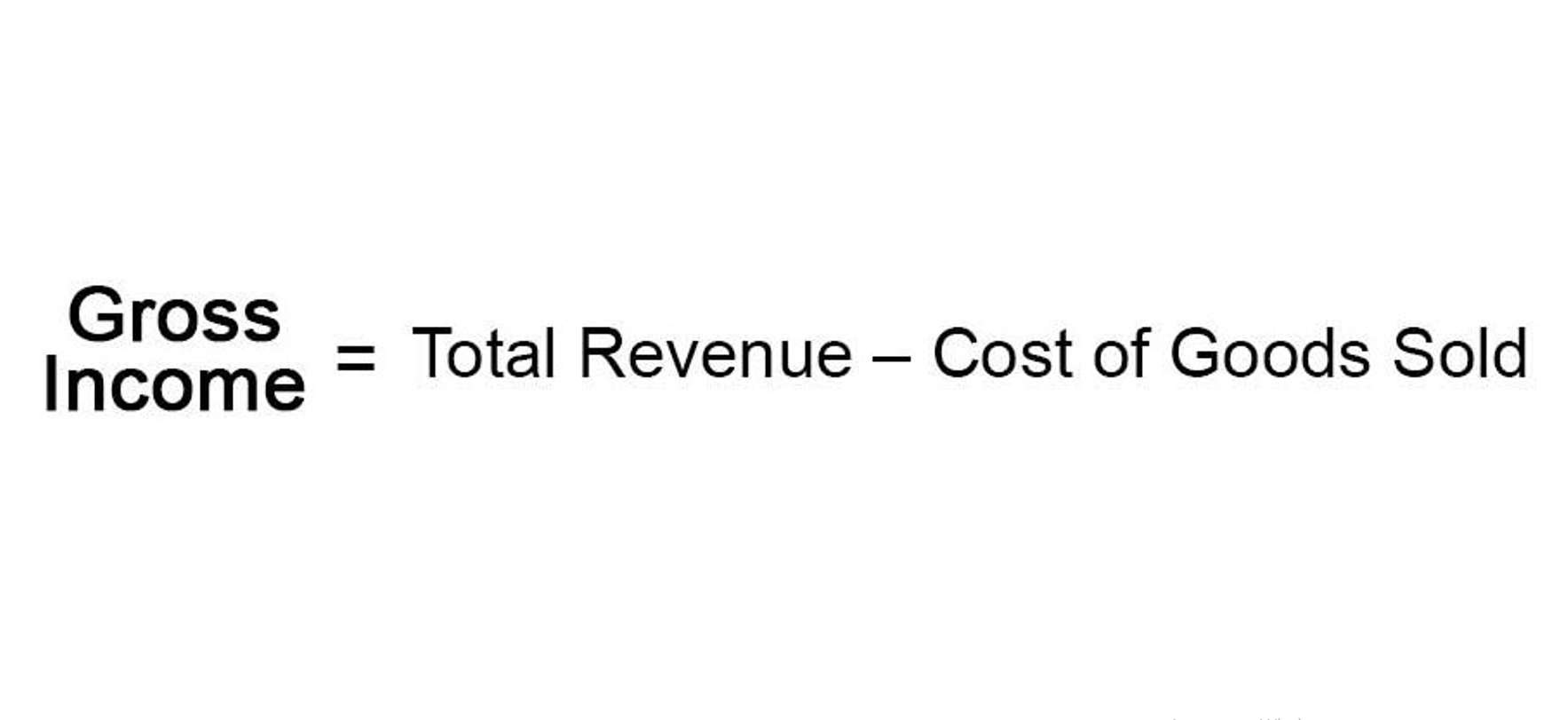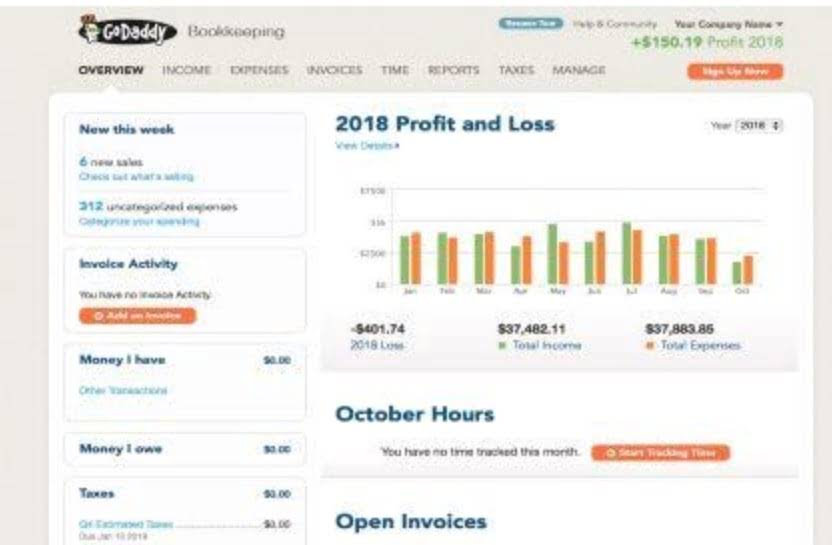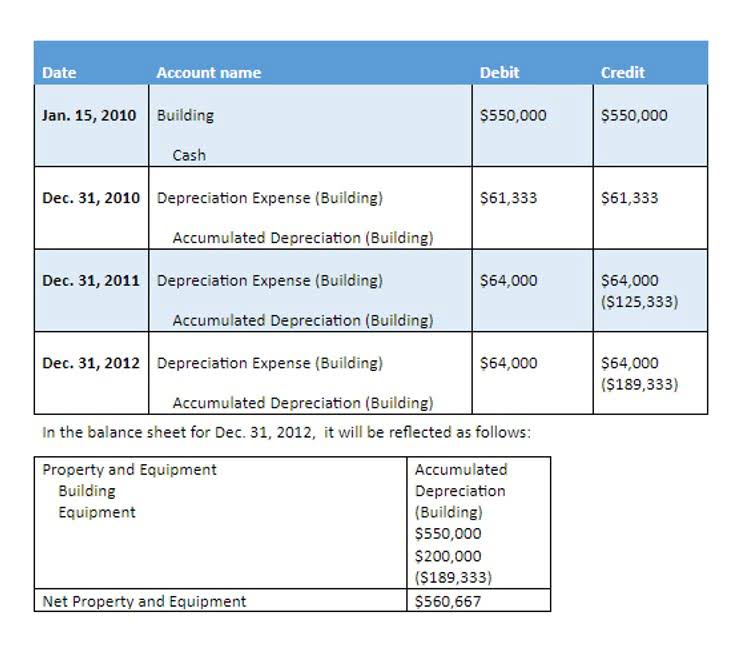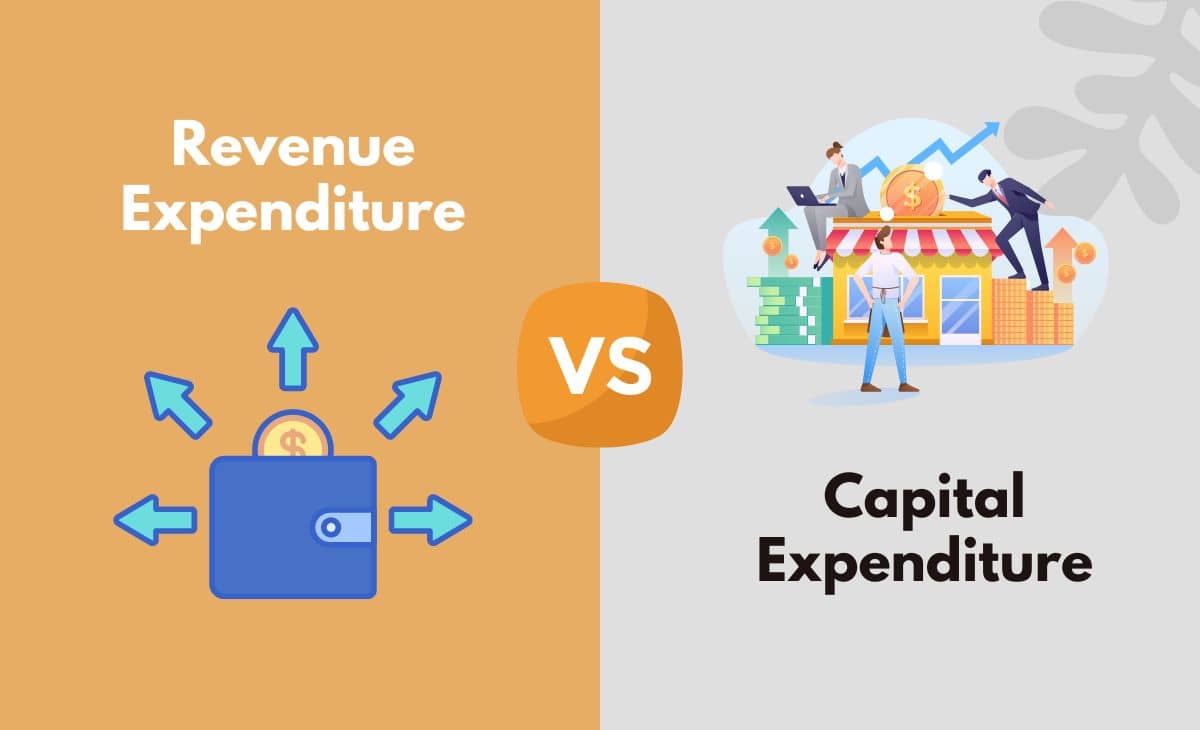That means that balance sheet accounts are listed first and are followed by accounts in the income statement. A chart of accounts lists all of the account names in a company’s general ledger. This financial organization tool categorizes these accounts by type and gives a clearer picture of a company’s financial health. Understanding and creating a chart of accounts is one of the first essential steps to performing accounting and bookkeeping for your own small business. Primary accounts such as assets, liabilities, shareholders’ equity, revenue, and expenses can be further divided into sub-accounts.
Example of an account numbering system:
More complex entities may have longer account codes to accommodate the reporting needs of the entity. For example, a company might use prefix numbers for specific accounts, such as cash. Here’s an example with the first 10 representing assets and the second 10 representing cash. An added bonus of having a properly organized chart of accounts is that it simplifies tax season.
More accurate reporting
They can include a future service owed to others or a previous transaction that created an unsettled obligation. Similar to assets, liabilities are classified as current and noncurrent. Current liabilities are expected to be concluded within 12 months or less while noncurrent liabilities are long-term or greater than 12 months. So, why would you add these additional layers in the chart of account number? Additional account coding can make it easier to create financial statements.
COA Structure
These are asset accounts, liability accounts, equity accounts, revenue accounts, and expense accounts. If necessary, you may include additional categories that are relevant to your business. To create a COA for your own business, you will want to begin with the assets, labeling them with their own unique number, starting with a 1 and putting all entries in list form. The balance sheet accounts (asset, liability, and equity) come first, followed by the income statement accounts (revenue and expense accounts). A chart of accounts organizes your finances into a streamlined system of numbered accounts.
Expense accounts
This numbering system helps bookkeepers and accountants keep track of accounts along with what category they belong two. For instance, if an account’s name or description is ambiguous, the bookkeeper can simply look at the prefix to know exactly what it is. An account might simply be named “insurance offset.” What does that mean?
Asset, liability and equity accounts are generally listed first in a COA. These are used to generate the balance sheet, which conveys the business’s financial health at that point in time and whether or not it owes money. Revenue and expense accounts are listed next and make up the income statement, which provides insight into a business’s profitability over time. You or your accountant will use these account types to create a balance sheet and income statement.
Chartered accountant Michael Brown is the founder and CEO of Double Entry Bookkeeping. He has worked as an accountant and consultant for more than 25 years and has built financial models for all types of industries. He has been the CFO or controller of both small and medium sized companies and has run small businesses of his own.
To set up a chart of accounts, first list out all your financial accounts, then sort them by the five categories listed above. If necessary, keep sorting the accounts into various subcategories, functions and divisions until you are satisfied with the lists. A chart of accounts also supports better financial reporting, improving both the accuracy and specificity of business reports. The chart of accounts forms the foundation upon which the financial reports are built. A chart of accounts ensures that each transaction is mapped to the correct account, reducing financial errors across the business. It supports better money management and improves the overall financial health of the business.
Your chart of accounts helps you understand the past and look toward the future. A chart of accounts should keep your business accounting error-free and straightforward. This will allow you to quickly determine your financial health so that you can make intelligent decisions moving forward. Some of the components of the owner’s equity accounts include common stock, preferred stock, and retained earnings.
Keeping an updated COA on hand will provide a good overview of your business’s financial health in a sharable format you can send to potential investors and shareholders. It also helps your accounting team keep track of financial statements, monitor financial performance, and see where the money comes from and goes, making it an important piece for financial reporting. Setting up a chart of accounts can provide a helpful tool that enables a company’s management to easily record transactions, prepare financial statements, and review revenues and expenses in detail. The balance sheet accounts comprise assets, liabilities, and shareholders equity, and the accounts are broken down further into various subcategories.
- These sub-accounts include operating revenues, operating expenses, non-operating revenues, and non-operating losses.
- What’s important is to use the same format over time for the consistency of period-to-period and year-to-year comparisons.
- The balance sheet accounts are listed first, followed by the accounts in the income statement.
- Yes, it is a good idea to customize your chart of accounts to suit your unique business.
- The chart of accounts is useful in maintaining consistency and data integrity in recording transactions.
Second, let’s see how the journal entries feed into the general ledger which feeds into the trial balance. Clear, well-defined company milestones are crucial to building a successful business. Here are 10 milestones you should aim for in your first year of business. Whether you’ve started a small business or are self-employed, bring your work to life with our helpful advice, tips and strategies. Nothing feels better than that first online sale, but as your business grows, so will your admin.
A chart of accounts is a list of all of your company’s accounts together in one place. Similar to a filing cabinet for your company’s accounting system, it’s used to organize transactions into groups. This is one of the many concepts discussed in our Accounting 101 article. The ideal candidate for this role should possess a foundational understanding of accounting add a bill you have received in xero principles and practices and familiarity with QBO or Xero accounting software. This individual pays attention to details, is proactive in understanding financial statements, and is willing to expand their knowledge further. A problem-solver at heart, the candidate quickly seeks assistance when needed and leverages technology to enhance efficiency and adaptability.
The chart of accounts is useful in maintaining consistency and data integrity in recording transactions. Take note that the chart of accounts of one company may not be suitable for another company. It all depends upon the company’s needs, nature of operations, size, etc. In any case, the chart of accounts is a useful tool for bookkeepers in recording business transactions.
Just remember that while you can add an account to the chart at any time throughout the financial year, you should not delete any accounts until the end of an accounting period. If you start off with only a handful of accounts and then keep expanding the list as your business grows, it may become increasingly challenging to compare financial results against the previous years. On the other hand, organizing the chart with a higher level of detail from the beginning allows for more flexibility in categorizing financial transactions and more consistent historical comparisons over time. Even for a small business, however, more digits allow the flexibility to add new accounts as the business grows in the future, while maintaining the logical order of the coding system. Nevertheless, the exact structure of the chart of accounts is the reflection on the individual needs of each entity.
If you’re using accounting software and want to set up a customized chart of accounts, you can add or edit parent and sub-accounts to the existing default chart of accounts. Doing this will help you stay organized and better understand how your business is doing financially. It includes a list of all the accounts used to capture the money spent in generating revenues for the business. The expenses can be tied back to specific products or revenue-generating activities of the business.
The accounts in the income statement comprise revenues and expenses, and these accounts are also broken down further into sub-categories. The chart of accounts provides the name of each account listed, a brief description, and identification codes that are specific to each account. The balance sheet accounts are listed first, followed by the accounts in the income statement. A chart of accounts is a catalog of account names used to categorize transactions and keep your business’s financial history organized.
It should let you make better decisions, give you an accurate snapshot of your company’s financial health, and make it easier to follow financial reporting standards. They represent what’s left of the business after you subtract all your company’s liabilities from its assets. The chart of accounts should give anyone who is looking at it a rough idea of the nature of your business by listing all the accounts involved in your company’s day-to-day operations. Companies in different lines of business will have different looking charts of accounts. The chart of accounts for a major airline will have a lot more references to “aircraft parts” than your local cat cafe.
You can even break them up further by business function or company division if you need to, but most small-business owners don’t need to get that granular. For example, a well-designed chart of accounts makes it easy for bookkeepers and accountants to figure out which financial transactions should be recorded into which general ledger account. With a chart of accounts numbering system, each account is allocated a code depending on the complexity of the business and the amount of detail required from its financial reporting system. The purpose of the numbering system is to group similar accounts together to provide an easy method of remembering and referring to an account when preparing journal entries.
The bookkeeper would be able to tell the difference by the account number. An asset would have the prefix of 1 and an expense would have a prefix of 5. This structure can avoid confusion in the bookkeeper process and ensure the proper account is selected when recording transactions. Thanks to accounting software, chances are you won’t have to create a chart of accounts from scratch. Accounting software products generally set you up with a basic chart of accounts that you can work with your accountant or bookkeeper to amend, according to your industry and your business’s complexity. Traditionally, each account in the COA is numbered, and accountants can quickly identify its type by the first digit.
Owner’s equity is the owner’s rights to the assets of the business or what’s left over after subtracting the liabilities from the assets. It includes money invested by the owner of the business plus the profits of the business since its inception. If you subtract the money taken out of the business by the owner and money owed to others, you’ll be left with the owner’s equity amount.
A chart of accounts gives you a clear picture of how much money you owe in terms of short- and long-term debts. Your COA can help you determine how much of your monthly income you can afford to put toward your debts and help you develop longer-term debt repayment plans. If you take a block away from one section of your business, you have to add it back someplace else. Some of the sub-categories that may be included under the revenue account include sales discounts account, sales returns account, interest income account, etc. Equity represents the value that is left in the business after deducting all the liabilities from the assets. Owner’s equity measures how valuable the company is to the shareholders of the company.
The balance sheet includes assets, liabilities, and equity accounts. On the other hand, the income statement includes revenue and expense accounts. The chart of accounts organizes your business’ financial accounts into easy-to-understand groups. Many important financial reports, such as the balance sheet and income statement, are created using information from the chart of accounts. A chart of accounts is one of the main cornerstones used to assess your business’ financial health and is a key part of any small-business financial accounting software. There are five main account type categories that all transactions can fall into on a standard COA.
He has been a manager and an auditor with Deloitte, a big 4 accountancy firm, and holds a degree from Loughborough University. 1000more rows at the bottom Kristen Slavin is a CPA with 16 years of experience, specializing in accounting, bookkeeping, and tax services for small businesses. A member of the CPA Association of BC, she also holds a Master’s Degree in Business Administration from Simon Fraser University.
The accounts included in the chart of accounts must be used consistently to prevent clerical or technical errors in the accounting system. The group refers to the categorization of the account into one of the headings shown below. It generally helps to keep the most used accounts towards the top of each group as this helps speed up locating the account and the posting of double entry transactions.
It only includes revenues related to the core functions of the business and excludes revenues that are unrelated to the main activities of the business. Liability accounts provide a list of categories for all the debts that the business owes its creditors. Typically, liability accounts will include the word “payable” in their name and may include accounts payable, invoices payable, salaries payable, interest payable, etc. A well-designed chart of accounts should separate out all the company’s most important accounts, and make it easy to figure out which transactions get recorded in which account. An easy way to explain this is to translate it into personal finance terms.
These accounts and subaccounts are located in the COA, along with their balances. COAs are typically made up of five main accounts, with each having multiple subaccounts. Most QuickBooks Online plans, for example, support up to 250 accounts. The average https://www.bookkeeping-reviews.com/ small business shouldn’t have to exceed this limit if its accounts are set up efficiently. Essentially, if you placed the statements of financial position and performance on top of each other, you would come up with the chart of accounts.
This coding system is crucial because a COA can display a multitude of line items for each transaction in every primary account. The structure of a COA can vary depending on the company’s size and the nature of its business. However, most COAs follow a specific structure, which is designed to mirror the order of information as it appears in financial statements. This column shows the financial statement in which the account appears, and for a profit making business is either the balance sheet of the income statement. A standard COA will be a numbered list of the accounts that fill out a company’s general ledger, acting as a filing system that categorizes a company’s accounts. It also helps with recording transactions and organizing them by the accounts they affect to help keep the finances organized.
Therefore, when crafting a chart of accounts, always consider the tax legislation, financial reporting standards, government regulations and other compliance requirements relevant in your circumstances. Since different types of entities use different types of accounts, there is no one single chart of accounts template that would be applicable to all businesses. The accounting software then aggregates the information into an entity’s financial statements. A small business accounting software comes with a default chart of accounts.











